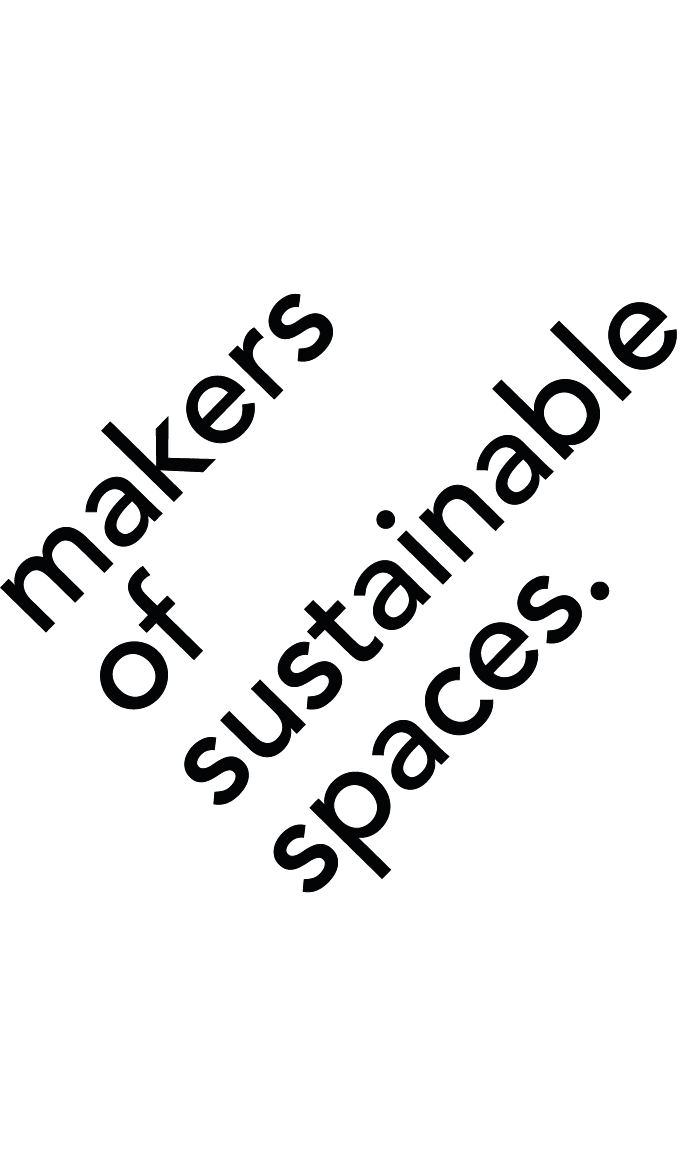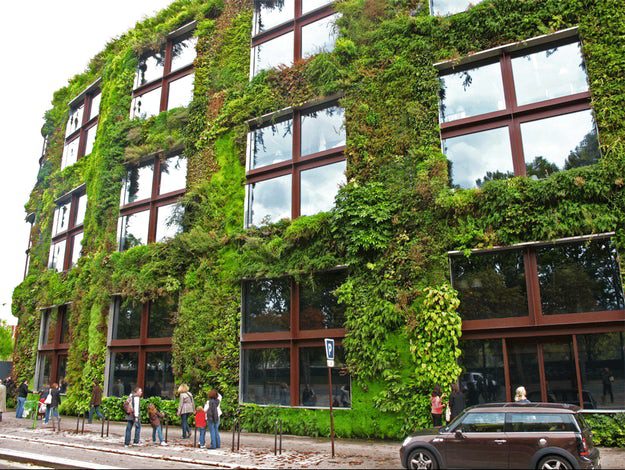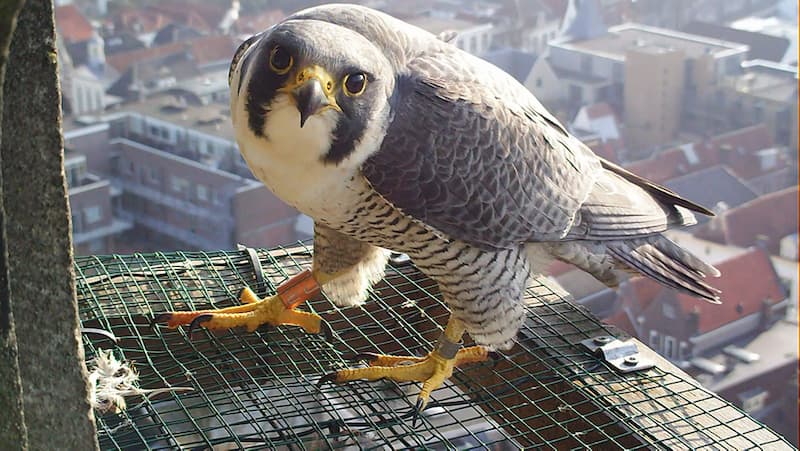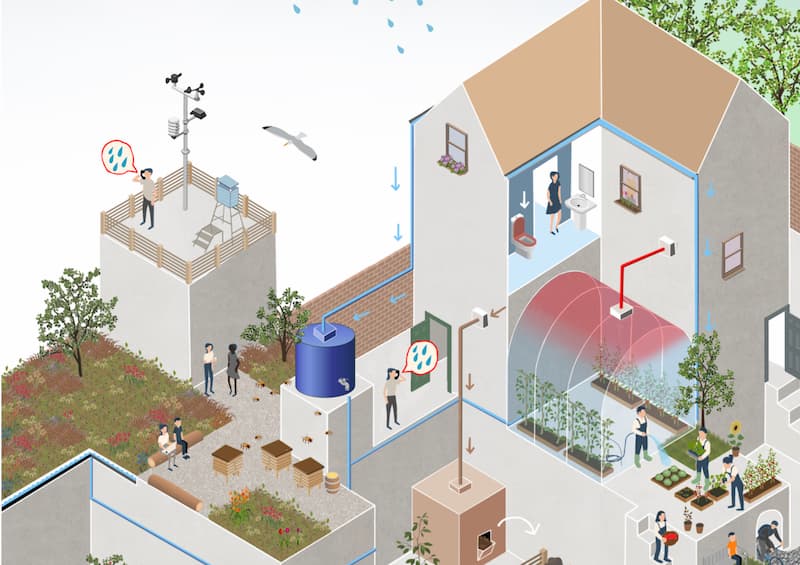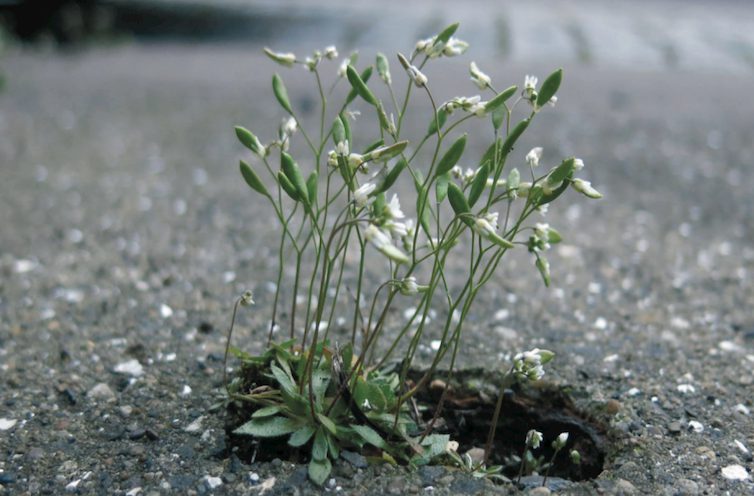

02 Mar A Way for Nature in the Built Environment
by Hanne Sinninghe
Urbanites value green and healthy cities and as a result over the last years, green building certificates seem like a standard initiative in any scalable building process. These certificates strive to make the built environment healthier, greener and more sustainable for all its users and the life surrounding. This trend also encourages us to be more aware of the effects the built environment has on our state of mind and wellbeing.
At MOSS we’re frequently involved in projects centered on these standards so we thought we’d shine a little light on these subjects and what they entail!
GREY – GREEN BIOTOPE
We all have a great responsibility not just to ourselves, but to nature and subsequently our future. As we continue to expand our territory and grow by the numbers, nature is in fast retreat. More and more, people move to cities and become familiar with the effects these big grey ‘human-biotopes’ have on life as we know it.
The Urban Heat Island Effect, the Sick Building Syndrome and stormwater overflow are topics most urbanites have heard of by now. As a result, there is a demand in what type of materials, resources, methods and technologies we want to employ in our buildings and more importantly, in what type of buildings we want to spend our time.
Not only are we more aware of the spaces we live in, it’s also becoming clear that our lifestyles have a big impact on our surroundings. By this I’m referring to the non-renewable resources we harvest from the earth, the chemicals we release into the air and ground, and also the loss of nature in and outside of city environments.
We used to have a large number of biotopes scattered throughout the Netherlands, but due to agriculture and the expansion of urban environments, these ecosystems have been in decline for quite some time now. The creation of diverse biotopes can really help ecological wildlife to survive.
A ‘Biotope’ is a habitat with its associated community of species, operating together at a particular scale. In other words, Biotopes are biological communities where a number of plant and animal species thrive together in harmony. Offsetting one element from this divine recipe has a domino effect on all other parts.
A vertical garden and its very own biotope on the Musée du Quai Branly in Paris. Designed by Patrick Blanc.
URBAN OPPORTUNITIES
Luckily, cities are actually very suitable places to amend these ecosystems! We can use the available height differences created by our buildings as an urban troposphere and create bird heavens.
Forgotten corners can be turned into shade gardens or pocket parks. These shady spots can become havens for small mammals and insects and certain flora that prefer this climate. Open and sunny areas such as rooftops can become veggie patches for the community while also keeping the bees and butterflies busy.
Using all these ‘forgotten’ and unused surfaces by adding more green areas can be really beneficial for the storage of grey water, too. After all, this has a positive impact on the urban environment as well.
But where to begin? How can the construction industry mitigate our contribution to, and prepare for the impacts of a changing climate? Climate resilience is a critical consideration within the built environment.
It’s all about using buildings to our advantage and realizing them in a way which adds positive impact to our city landscape. This is how we can create a more sustainable living environment for now and the future!
Sustainable building strategies are widespread and seemingly daunting at first look. Therefore, green certification standards such as BREEAM, LEED and WELL have stepped up with a framework to assess, rate, and declare the level of sustainability and health in buildings. Here we’ll focus on Designing a ‘BREEAM-certified’ building.
The rooftop of La Place, Nijmegen. A biodiversity garden installed in 2019 by MOSS. Photo: MOSS Amsterdam.
DESIGNING A ‘BREEAM-CERTIFIED’ BUILDING
A BREEAM assessment uses set measures to evaluate a building’s design, construction and use. The measures in place cover a broad range of categories from energy to ecology including aspects related to energy and water use, the internal environment (health and well-being), pollution, transport, materials, waste, ecology and management processes.
Using BREEAM is attractive for companies and developers as it is a written guarantee for a sustainable building. The current trend is showing that people are willing to pay more for a building that is better insulated, has lower energy use and adds green to the environment. This approach to designing and constructing buildings can drastically affect the way cities operate in the coming 5 to 10 years.
In the eye of MOSS, BREEAM presents particular emphasis in two categories: Ecology (LE4) & Water (WAT06). These are just a couple of the elements that BREEAM focuses on.
For us it’s not about the credit itself, but these criteria make sure we achieve a greener and healthier city environment. We know that adding natural materials and vegetation to the built environment is beneficial for UHI (Urban Heat Island Effect), Water retention and diversifying biodiversity. These basic interventions of greenery in the city help to keep even dense areas comfortable to live in.
LE4 – PLANTS AND ANIMALS AS USERS OF THE PLOT
Step one is to check ‘what flora and fauna is present in the environment of a new or existing building?’ Are there specific types of birds or bats? If so, what can we do to make sure they stay in this area and are not threatened during the construction works of a structure.
A Peregrine Falcon living in a nest box on top of the ABN Amro building in Amsterdam-zuid.
As cities grow, old buildings are being demolished and new buildings are popping up. This is ideal for the current demand of housing and commerce, but in a weird way, the downside of these brand new buildings is that they are perfectly constructed to keep nature out!
Birds and bats used to find their habitat in these old cracks and now no longer find a home at all. It is therefore perilous that we work with new ways of ‘nature inclusive’ design to make sure we do not take away habitats of wildlife.
When particular species are found on site, you can count on a respective community of certain wildlife forms that depend on those species. Together with an ecologist, we conduct research to survey current vegetation with the goal of preserving and/or replanting the indigenous species communities that we find.
It’s our job to pay attention to these details when designing a green building, since after all we want to blend into the natural environment.
WAT06 – IRRIGATION SYSTEMS
Our sewers cannot always handle the amount of water our urban surfaces channel. With all the impervious surfaces, the water has no place to go. Traditional water drainage infrastructure, often referred to as gray infrastructure, makes use of pipelines and sewers to export stormwater out of the urban domain.
Green infrastructure, on the other hand, slows down stormwater by natural storage within its permeable layers. Firstly, these green areas offer a visible amenity to city dwellers, but also, the effects of on-site evapotranspiration help to cool down the city and mitigate the UHI. As we realize more green zones at both the ground level and rooftops, we can retain rainwater while strengthening an area’s natural ability to balance temperatures.
How can we implement more green and smart systems to catch and re-use rainwater? Illustration by: Meg Horne.
WAT06 focuses on implementing an irrigation system that catches ‘grey water’ on site. This can be achieved by creating a water layer on the total roof surface. This helps prevent the sewers from overflowing and also functions as an irrigation tank for plants and trees.
Taking this a step further, you can also implement a ‘Smart Flow Control’ system that actually monitors the weather report and makes sure there is enough storage on the roof to take up the forecasted rain. This system gradually redistributes an amount of water before the storm hits.
Adding a water layer over the built environment isn’t just beneficial for the vegetation or relieving pressure from the sewer systems, it’s also a very effective way of insulating your building.
Cooling down your building in summer with green and blue roofs is in a lot of ways more sustainable than pumping up an air-conditioning system that requires a lot of energy and can result in more harm to the environment.
PLANT POWER
BREEAM focuses on environmental performance and presents strong opportunities for green infrastructure where we as green designers can really make a difference. To attain these certifications we are strong believers in the power of plants.
Greenery adds ecological value outdoors as well as indoors and has an undeniably positive impact on the city. We are eager to team up more and more with developers, architects and designers to achieve a healthier and greener city that benefits ourselves and every single living organism around us.
Sources:
- Biotopes P.G. Dimitrakopoulos, A.Y. Troumbis, in Encyclopedia of Ecology, 2008
- https://www.breeam.com/discover/how-breeam-certification-works/
